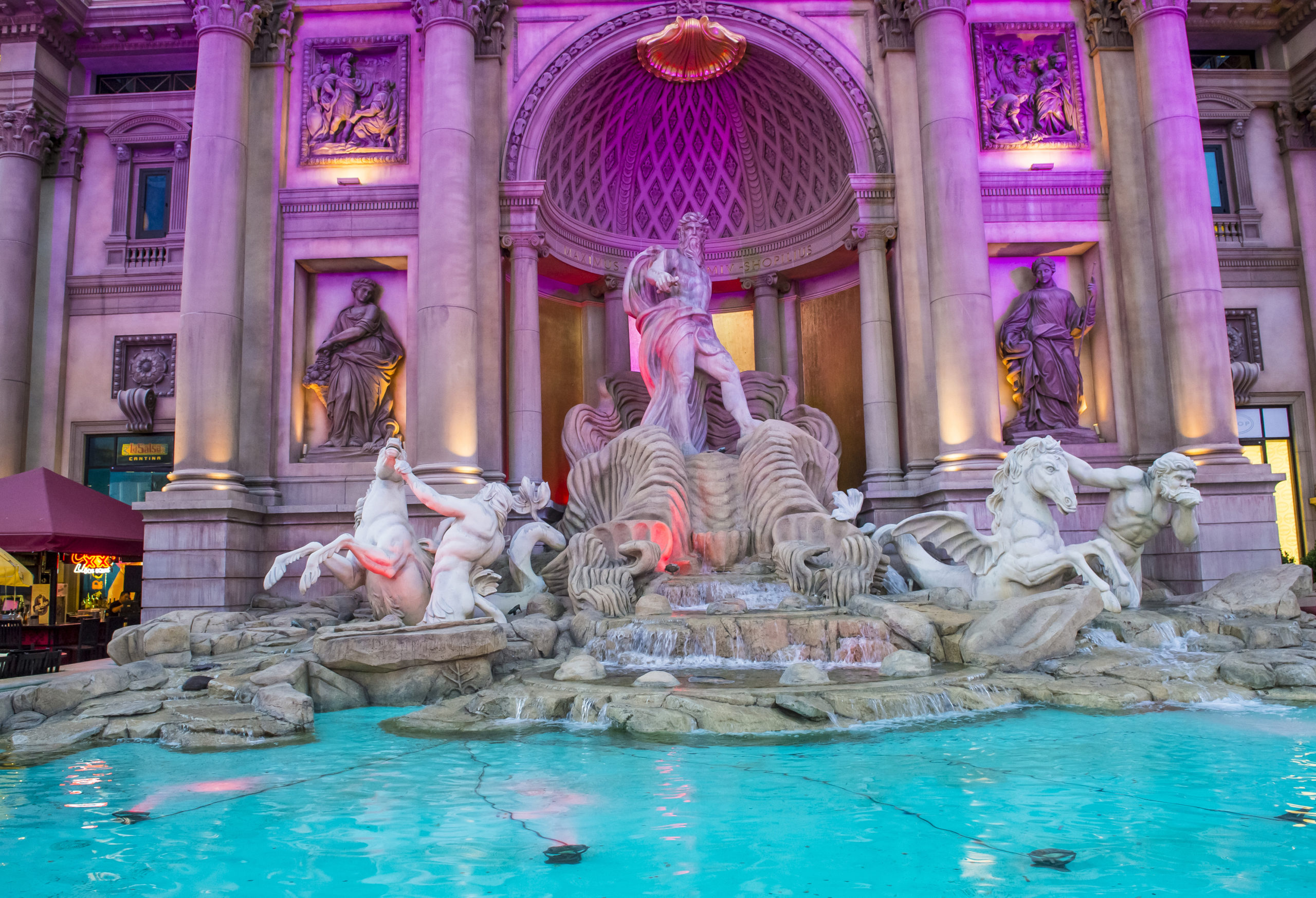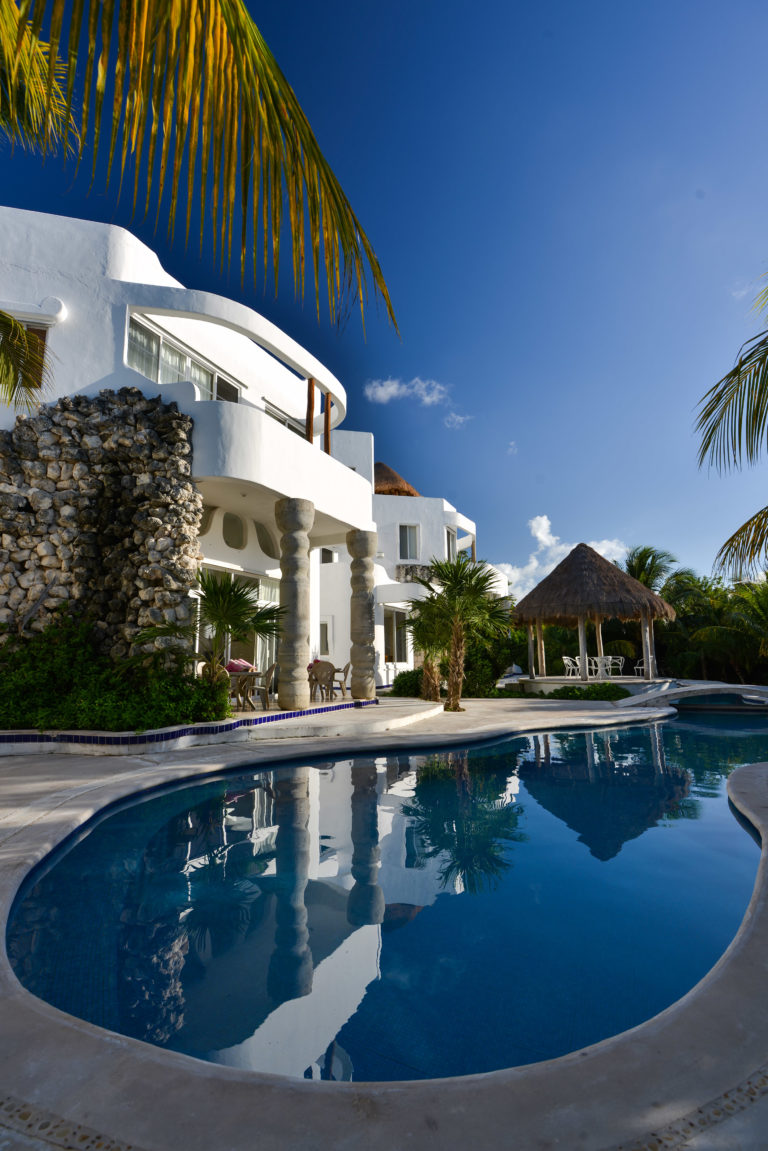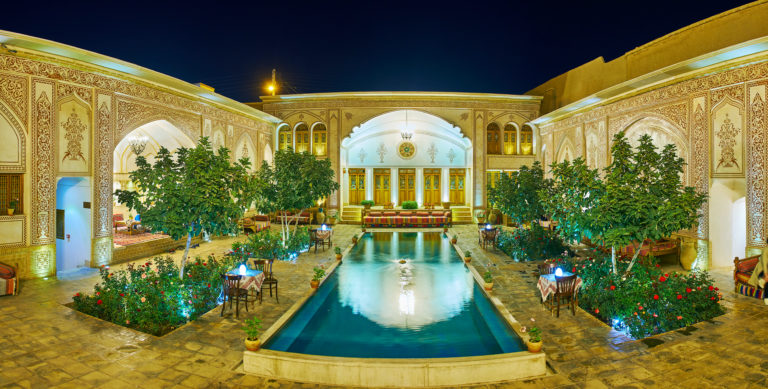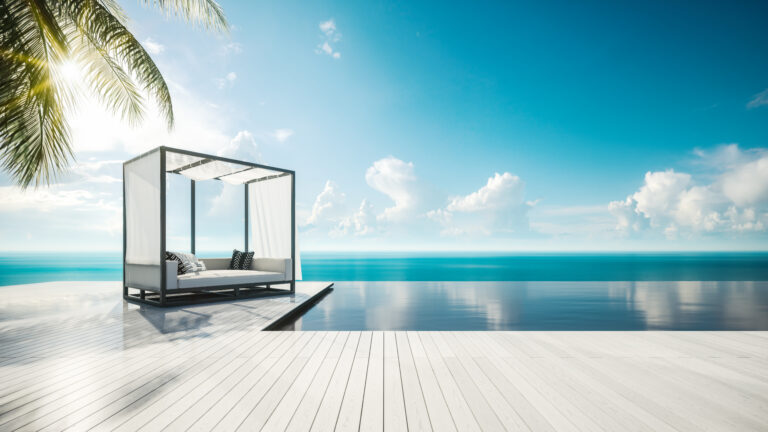The Rebirth of the Roman Pool Classic Designs in Modern Homes
You’ve probably admired Roman pools in classic films or opulent mansions. But did you know they’re making a comeback in modern homes? Well, they are!
This article will plunge you into the history of these luxurious pools, teach you their design essentials, and show how they’re being reinvented today.
So whether you’re considering installing one or just love architectural history, dive right in!
The Historical Significance of Roman Pools
You’re probably wondering why Roman pools have such historical significance, aren’t you? Well, it’s a fascinating tale that begins with the ingenious Roman architecture influence.
The Romans were renowned for their architectural prowess, and this was no less evident in their pool culture. Pools were an integral part of daily life, used not only for bathing but also for socializing and displaying wealth and power. They were considered symbols of civilization and progress.
Roman pools were typically large enough to accommodate multiple people, adorned with intricate mosaics or statues reflecting the owner’s tastes and status. Many had heating systems – another testament to Roman engineering skill – providing comfort on cooler days.
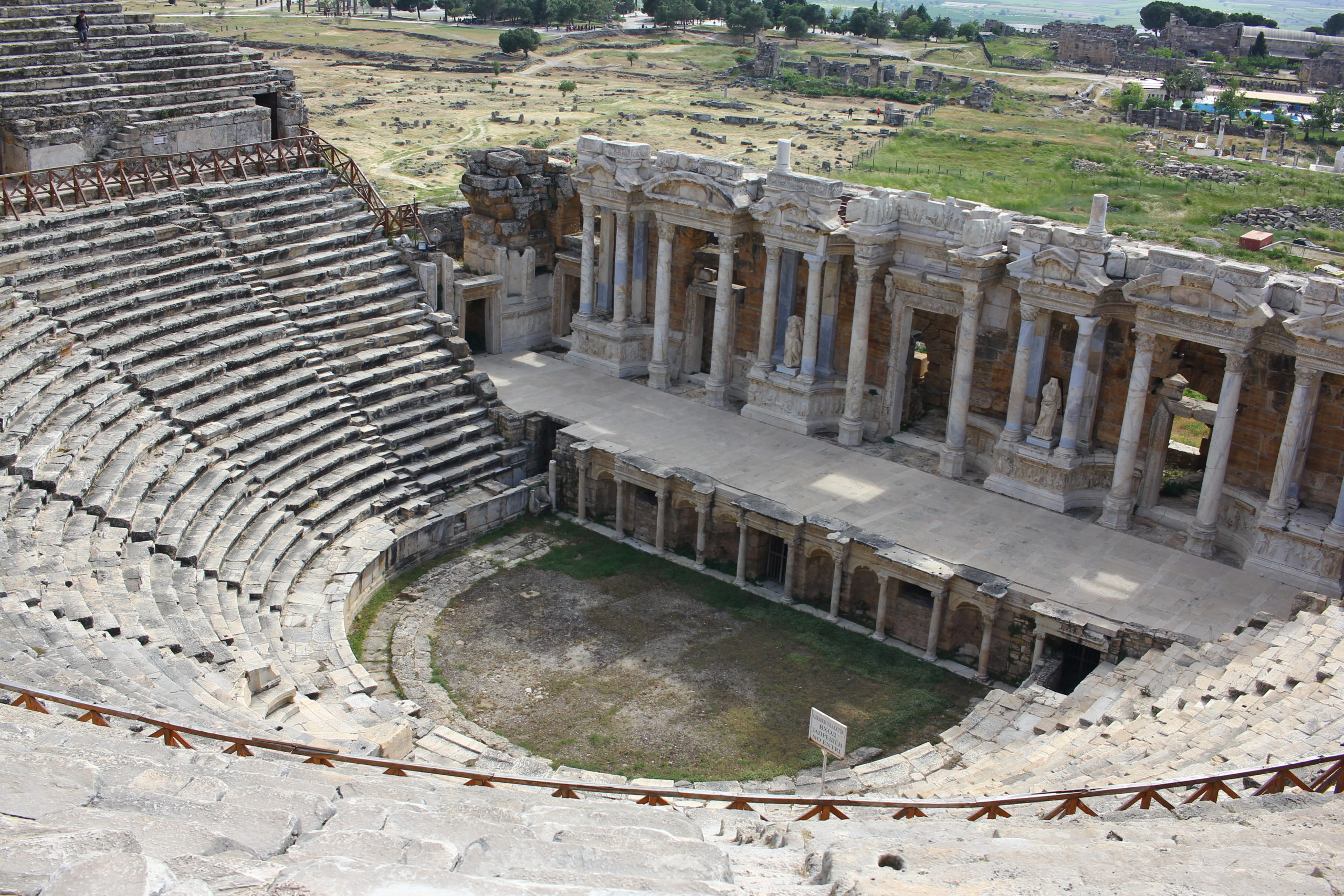
This rich pool culture has greatly influenced modern designs. You’ve probably seen elements like symmetrical shapes, decorative tiles, grandeur staircases leading into the water in today’s luxury homes – that’s the Roman touch! Even the concept of public baths finds its roots in ancient Rome.
In essence, every time you dip into a pool echoing Roman design principles or lounge by its side sipping your cocktail, remember – you’re enjoying a piece of history right there! It is this enduring legacy that underlines their historical significance.
Essential Features of Roman Pool Design
When it comes to the key elements of this style, you’ll find that symmetry, mosaics, and sculptures are often prevalent. The Roman pool materials used contribute significantly to these features. For instance, marble and stone are commonly utilized for their durability and aesthetic appeal.
Having a Roman pool in your home can be quite an asset if maintained properly. Here’s a couple of pool maintenance tips that might come in handy:
– First off, keep the water balanced by regularly checking pH levels – they should ideally sit between 7.2 – 7.8. Too acidic or too alkaline water can damage your pool materials over time.
– Also, don’t neglect the mosaic tiles; clean them often to prevent algae build-up which may cause discoloration. Regularly inspect any sculptures or other fixtures for signs of wear and tear as well.
– Remember, chlorine is essential but excessive amounts can erode your pool’s materials; use it judiciously! Invest in a good quality cover too – it helps reduce evaporation and keeps out debris.
Incorporating Roman Pool Designs in Contemporary Homes
It’s possible to merge ancient aesthetics with today’s architectural trends, creating a unique blend of old and new in your backyard oasis. You can bring the Roman architecture influence into your modern home by incorporating it into your pool design.
The key is finding the right balance between traditional and contemporary elements. Here are some suggestions:
* Use classic Roman shapes: Opt for rectangular pools with semi-circular ends, imitating a Roman bath.
* Incorporate columns or pillars: This adds an antique touch while maintaining a sophisticated look.
* Choose appropriate pool material choices: Marble or stone finishes echo the grandeur of Roman times while providing durability.
* Add mosaics: These were common in ancient Rome and can be used on pool floors or walls for added visual interest.
* Include water features: Fountains or cascades mimic the aqueducts Romans are known for.
By carefully selecting design elements from both eras, you’re not just building a pool – you’re crafting an experience.
So don’t hesitate to mix things up! A hint of antiquity might be just what your modern home needs to stand out from the crowd.
The Benefits and Challenges of Roman Pool Installation
While there’re numerous benefits to installing such a feature, including aesthetic appeal and historical charm, there’re also challenges that homeowners must consider.
Installing a Roman pool might initially seem like an expensive undertaking. It’s important to remember though, the maintenance costs and installation timeline are crucial considerations too. Now let’s break down some of these factors:
| Benefits | Challenges | Considerations |
| Aesthetic Appeal | High Initial Cost | Installation Timeline |
| Historical Charm | Maintenance Costs | Budget Allowance |
| Increase in Property Value | Time-Consuming Care | Regular Upkeep |
In essence, you’ll find beauty in every corner of your Roman pool, boosting not only the appearance but also the value of your home. However, be prepared for a significant initial cost which is part of the package. And don’t forget about ongoing maintenance costs – they’ll require regular attention and funding too.
The installation timeline might take longer than expected due to intricate designs involved in Roman pools construction. Ensure you’ve considered this before diving into the project.
So weigh up all these aspects before making your decision – it’s not just about beauty after all!
Case Studies: Modern Homes With Roman Pool Designs
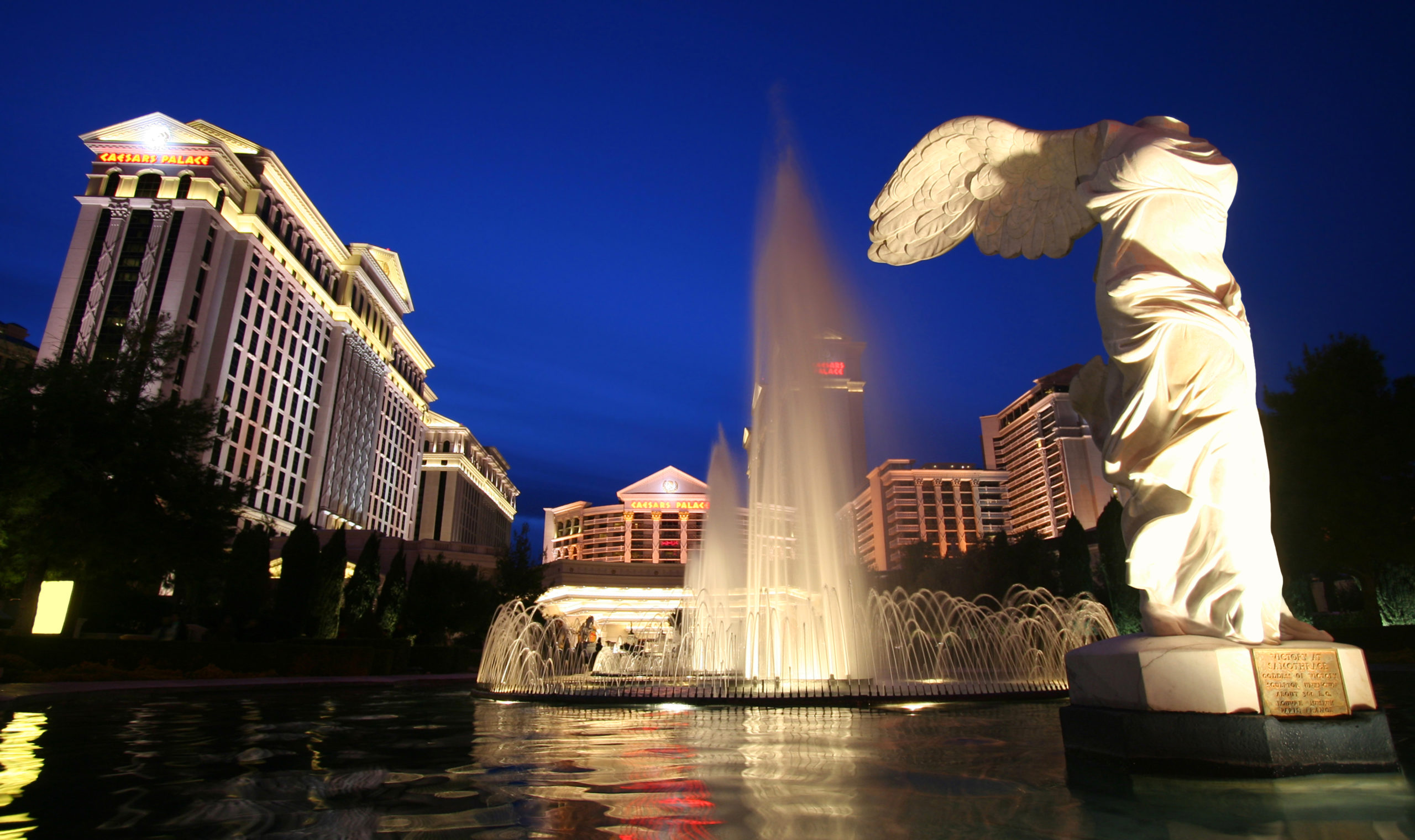
You’re about to explore some real-life examples of contemporary residences that have incorporated these timeless aquatic features. Let’s dive into the details.
1. The Modern Manor: This upscale residence opted for a Roman pool, valuing both aesthetics and functionality. The project cost was significant due to the custom detailing, but the owners deemed it worth every penny considering its visual appeal.
2. The Coastal Retreat: Here, they chose a Roman pool design for their beachfront property. Besides swimming, this feature serves as a calm reflecting pond enhancing the serene ambiance. Despite higher maintenance requirements given its proximity to saltwater, it remains a prized asset.
3. The Urban Oasis: This city dwelling showcases how space constraints don’t limit style or luxury. A compact Roman pool graces their rooftop terrace, offering respite amidst skyscrapers. Its upkeep costs are manageable due to its size and automated cleaning systems.
4. The Country Villa: With sprawling lawns and lush greenery, this home boasts an expansive Roman pool as its centerpiece. Pool costs were kept minimal by utilizing local materials while maintenance is handled by dedicated staff.
In each case, despite varying ‘Roman Pool Costs’ and ‘Maintenance Requirements’, homeowners found them worthwhile investments enhancing not only their living experience but also property value.
Frequently Asked Questions
What Is the Average Cost of Installing a Roman Pool in a Modern Home?
You’re asking about the cost of a Roman pool. It varies greatly based on material choices and pool financing options, but you’re looking at an average range between $20,000 to $80,000 for installation.
What Type of Maintenance Is Required for a Roman Pool?
You’ll need regular pool cleaning and maintenance for your Roman pool. This includes checking filtration systems, balancing water chemistry, and removing debris. It’s essential to keep it in top condition for longevity and safe swimming.
Are There Any Safety Concerns Associated With Roman Pools?
Yes, there are safety concerns with Roman pools. You must ensure proper pool lighting for visibility and install child protection measures like fences or alarms to prevent unsupervised access and potential accidents.
Can Roman Pool Designs Be Customized to Fit the Size and Layout of My Backyard?
Absolutely, you can customize Roman pool designs to fit your backyard’s size and layout. You’ll enjoy versatility in Roman pool aesthetics and creative freedom with poolside landscaping. Your dream oasis is within reach!
How Do Roman Pools Affect the Resale Value of a Home?
Roman pool aesthetics significantly boost your home’s resale value. They’re seen as luxurious features with historical significance, making your property more attractive to prospective buyers who appreciate unique architectural elements.

